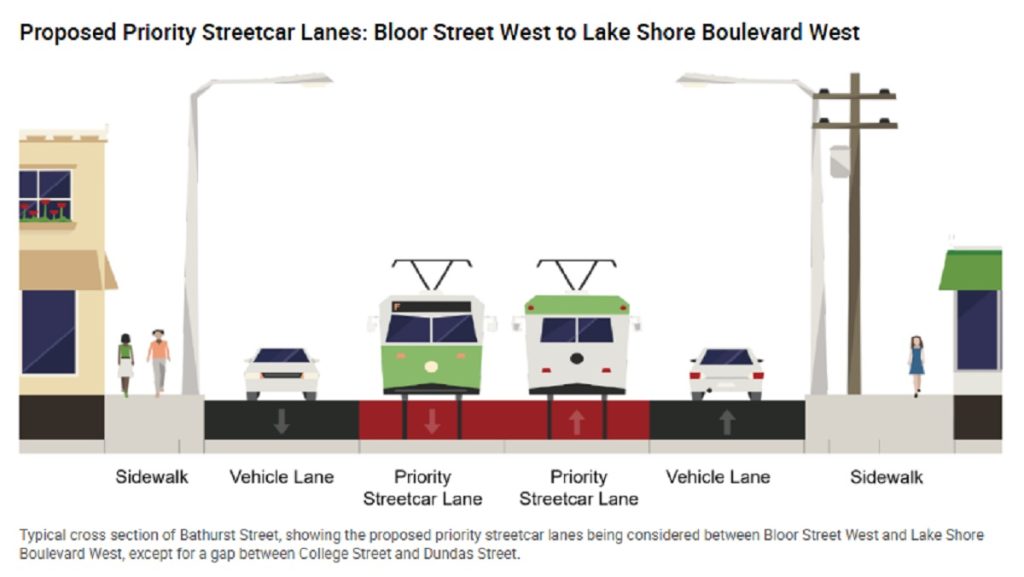Higher gas prices push inflation rate to 3.7 per cent, highest in eight years
Posted June 29, 2011 7:34 am.
This article is more than 5 years old.
Canada’s annual inflation rate jumped to the highest level in eight years last month, rising to 3.7 per cent as big increases in gasoline prices pushed the index to a new post-recession peak.
On a month-to-month basis, consumer prices rose by a significant 0.7 per cent in May from where they were in April.
The surprisingly strong results present Bank of Canada governors with a dilemma less than three weeks before their meeting to set short-term interest rates for the country.
The bank had warned it expected inflation to push above three per cent during the spring, but few expected it would hit such elevated levels. It has now been above three per cent for three consecutive months.
On the other hand, most of the increase is attributed to one cause — petroleum-based energy prices.
Statistics Canada noted that gasoline prices were 29.5 per cent higher in May than they were a year earlier, the largest increase since September 2005 in the aftermath of Hurricane Katrina. As well, on top of the 26.4 per cent hike in pump prices that occurred in April, gasoline hit just below the record high reached in July 2008 just prior to the economic meltdown.
Excluding gasoline, the annual inflation rate would be 2.4 per cent, still above where the bank would like it but less threatening.
What will give the central bank some comfort is that core inflation — which excludes volatile items like energy and some kinds of food — rose only moderately to 1.8 per cent and remains below the desired two-per-cent target. As well, gasoline prices are known to have fallen somewhat in June.
The central bank’s next scheduled meeting on interest rates is July 19, although most analysts expect it will keep the policy rate at one per cent, fearing any increase would weaken a still fragile economy.
As well as energy, the cost of transportation also rose strongly in May by 9.1 per cent, largely due to the cost of gasoline.
Another concern is that food prices continue to increase, 3.9 per cent overall, and 4.2 per cent on food purchased at stores. Individual items registered even bigger gains — meat cost 5.4 per cent more than a year ago, bread 10.6 per cent, and fresh milk rose 4.3 per cent.
Overall, prices increased at a faster rate in May than the previous month in all major components except shelter. Consumers paid five per cent more for car insurance, clothing rose 1.1 per cent, and prices for recreation, education and reading went up by 2.4 per cent.
Shelter costs, however, were only 1.8 per cent higher in May, compared to the 2.3 per cent increase in April.
Regionally, the inflation rate was higher in eight of the 10 provinces, with Nova Scotia recording the greatest annual increase at 4.6 per cent. All 10 provinces have inflation above three per cent.








